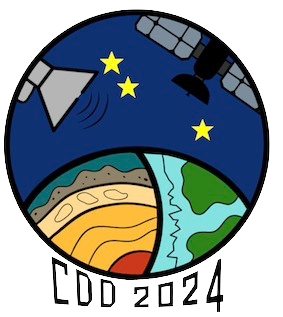Orateur
Description
Numerous studies have illustrated that mineral transformations have the capability to induce faulting at elevated pressure and temperature (PT), circumstances in which ductile flow would typically dominate. This mechanism, commonly known as transformational faulting, emerges as a plausible explanation for the puzzling phenomenon of deep-focus earthquakes occurring at depths up to 700 km. Currently, the debate partly revolves around determining why certain phase transformations lead to faulting while others do not. To better understand this phenomenon, we can compare different transformations taking place in similar experimental conditions and see how they do or do not cause strain localization and faulting. We conducted five deformation experiments at the DESY synchrotron using a large volume press. The synchrotron white beam was used to track phases changes in situ by means of powder X-ray diffraction, while acoustic emissions (AEs) were recorded using piezo-ceramic transducers. Two experiments focused on transforming olivine into its high-pressure polymorph, while the other three experiments targeted the quartz – coesite transformation.
The results show that depending on pressure and temperature conditions, as well as on how far from equilibrium they are, quartz and olivine undergo phase transformations at different rates. Specifically, we observed rapid olivine-ringwoodite kinetics at elevated PT, far from equilibrium, while slower kinetics were noted for the quartz-coesite transformation. During these experiments, we gathered data on thousands of AEs and tracked their locations by determining their arrival times on transducers. Interestingly, the spatial distribution of these AEs revealed that for some quartz experiments, AEs originated from fault planes that formed within the initially intact rock cores.
Our study supports the major role of mineral transformations in inducing faulting under high PT. These findings will help better quantify the intricate relationships between mineral transformations and faulting and in turn contribute to a better understanding of the fundamental geological processes behind deep and intermediate earthquakes.

